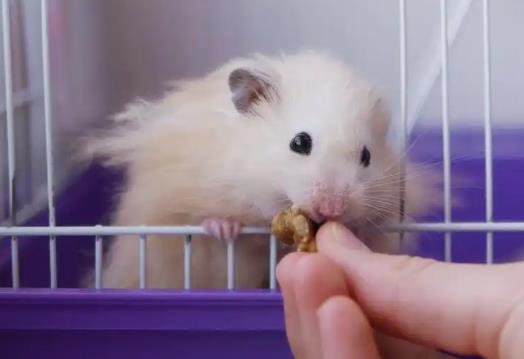Hamsters cannot directly drink milk, mainly due to the problem of lactose intolerance. Here is a detailed analysis:

Core Reasons
Lactose Intolerance
After hamsters are weaned (at around 21 days or so), the level of lactase in their bodies will drop significantly to 10% of what it was before weaning. The lactose in milk cannot be effectively broken down, resulting in the accumulation of short-chain fatty acids and hydrogen in the intestines, which can cause diarrhea, bloating, and even dehydration. Lactose intolerance is more common in adult hamsters.
Health Risks
After consuming milk, the following may occur:
Yellow-green soft stools or severe diarrhea
Loss of appetite and poor mental state
In the long term, it may lead to kidney problems (such as excessive calcium intake)
Alternative Options
Special Dairy Products: Such as special cheese and milk balls for small pets. The lactose has been broken down during the processing, making them suitable for supplementing nutrition.
Goat Milk: The lactose content is lower than that of cow's milk, and it is more easily digestible.
Lactose-Free Milk: The lactose is broken down through a special process. You can feed it in a small amount after testing the tolerance.
Precautions
Test for Tolerance: When feeding new dairy products for the first time, observe whether symptoms such as diarrhea and abdominal pain occur.
Control the Amount and Frequency: Even for lactose-free products, they should be fed in small amounts and occasionally (for example, once a week).
Heating and Freshness: Dairy products need to be heated appropriately (close to the body temperature), and they should not be stored at room temperature for more than 24 hours.
If you need to supplement nutrition, it is recommended to give priority to special formula food for hamsters or natural foods (such as carrots and apples) and avoid relying on dairy products.
